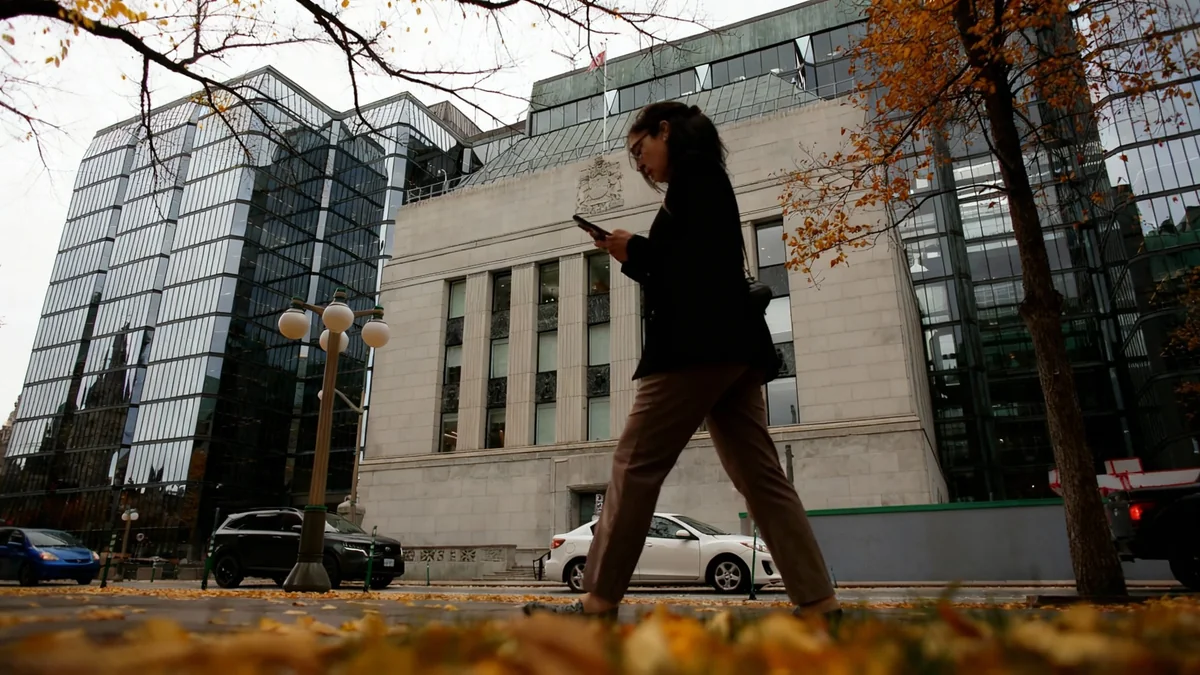The Indian rupee fell to an all-time low against the U.S. dollar on Tuesday, concluding its fifth consecutive month of declines. The currency's weakness is primarily driven by escalating trade tensions between India and the United States, which has prompted significant foreign investment outflows from Indian markets.
On September 30, the rupee settled at 88.7875 per dollar, its weakest closing level on record. During the trading day, it touched an unprecedented low of 88.8000. This marks a continued slide for the currency, which has depreciated by 5% over the past five months.
Key Takeaways
- The Indian rupee closed at a record low of 88.7875 against the U.S. dollar.
- The currency has now fallen for five consecutive months, losing a cumulative 5% of its value.
- Escalating trade frictions with the U.S., including tariffs and visa fee hikes, are the primary cause.
- Foreign investors have withdrawn over $2 billion from Indian stocks in the last six trading sessions.
- The Reserve Bank of India is intervening to manage the currency's decline, but pressure remains high.
A Persistent Decline for the Rupee
The rupee's performance in September capped a difficult period for the currency. It fell 0.7% during the month, extending a losing streak that began five months ago. The cumulative 5% drop highlights sustained pressure on India's economy and financial markets.
The latest record low was reached on Tuesday, with the currency weakening slightly from its previous close of 88.7600. The breach of the 88.8000 level during the day is a significant psychological milestone for traders and indicates growing bearish sentiment.
Understanding Currency Valuation
A currency's value is influenced by many factors, including a country's economic health, interest rates, trade balance, and investor confidence. When a currency like the rupee weakens, it means more rupees are needed to buy one U.S. dollar. This makes imports more expensive for India but can make its exports cheaper for foreign buyers.
Analysts note that this prolonged decline has occurred despite some valuation models suggesting the rupee is technically undervalued. According to Dilip Parmar, a foreign exchange research analyst at HDFC Securities, the currency's trade-weighted valuation indicates it should be stronger. However, market forces are currently overwhelming these fundamentals.
Trade Frictions with the U.S. Fueling the Slump
The primary driver behind the rupee's recent weakness is the deteriorating trade relationship between New Delhi and Washington. Several recent U.S. policy decisions have directly impacted India's economy and spooked foreign investors.
Punitive Tariffs and Visa Fee Increases
Washington has imposed punitive tariffs of 50% on certain Indian goods, making them more expensive and less competitive in the U.S. market. This action directly affects India's export revenues and contributes to a widening trade deficit.
Separately, a recent increase in H-1B visa fees by the U.S. is expected to disproportionately affect India's robust information technology sector. Indian tech companies are major users of these visas to send skilled workers to the U.S. for client projects.
"Analysts warn this U.S. decision could weigh on revenues in India's technology sector and trigger renewed equity outflows and further hurt the local currency," a market report noted.
The potential for lower profits in a key sector has made foreign investors increasingly cautious about their exposure to Indian markets.
Investor Exodus
In response to the H-1B visa fee hike and broader trade concerns, foreign investors have accelerated their selling of Indian stocks. Over the past six trading sessions alone, they have pulled more than $2 billion from the country's equity markets.
Capital Outflows and Economic Headwinds
The direct consequence of rising trade tensions has been a significant withdrawal of foreign capital. This outflow puts direct downward pressure on the rupee, as investors sell their rupee-denominated assets and convert the proceeds back into U.S. dollars.
This trend has been a defining feature of the market in recent weeks. The consistent selling by foreign funds creates a high demand for dollars, which in turn weakens the rupee's exchange rate. This cycle can be self-perpetuating, as a falling currency can prompt even more investors to sell their holdings to avoid further losses.
Beyond investor flows, India's rising trade deficit is another fundamental factor weighing on the currency. A trade deficit occurs when a country imports more goods and services than it exports, leading to a net outflow of its currency.
The Central Bank's Balancing Act
The Reserve Bank of India (RBI), the country's central bank, has not been idle. According to banking sources, the RBI has been actively intervening in the foreign exchange market to cushion the rupee's fall.
This intervention typically involves selling U.S. dollars from its foreign exchange reserves to meet the heightened demand. By supplying dollars to the market, the central bank can help slow the pace of the rupee's depreciation. Bankers have stated that without the RBI's actions, the currency would have fallen much more sharply.
However, the central bank faces a difficult choice. While intervention can provide temporary stability, it also depletes the nation's valuable foreign exchange reserves. Analysts observe that the RBI's intervention has been limited, suggesting a strategy of managing volatility rather than defending a specific exchange rate level.
Market Outlook and Key Levels to Watch
Looking ahead, market participants are closely monitoring several key factors that will determine the rupee's path.
Dilip Parmar of HDFC Securities outlined the critical variables: "The future trajectory of the rupee will be highly dependent on foreign fund flows, developments in the U.S.-India trade agreements, and the dollar's reaction to the U.S. government shutdown."
From a technical standpoint, traders are watching specific levels for signs of the next move. According to Parmar, the outlook remains bullish for the USD/INR pair. He identified key levels for the currency pair:
- Immediate Resistance: 89.10
- Key Support: 88.20
Resistance is a level where selling pressure may increase, potentially halting the rupee's decline. Support is a level where buying interest might emerge, providing a floor for the currency. A break above 89.10 would signal further weakness for the rupee, while holding above 88.20 could offer some temporary stability.





